Pack Like the Pros
If you've hired a professional moving company like USA Moving & Storage , you can still opt to pack all or some of the goods yourself, keeping your costs down. Here are some helpful tips to help you pack like the pros.
Your boxes and packed items will be expected to meet specific standards. The moving company’s representatives will likely inspect your boxes and if they believe items are improperly packed or cartons are susceptible to damage, they may refuse to load the items until they are repacked. Typically things from garages, attics and storage spaces, like holiday decorations and sentimental items are the ones that need to be repacked. Look for torn, ripped, or soiled cartons that will not close or cannot be sealed. Replace those with fresh moving boxes . Another repacking giveaway is if you can hear the contents rattle when you shake the box; this means you need to add more insulation.
What to Pack?
As a general rule, furniture and major appliances will be wrapped and padded by your moving
professional. Items requiring professional disassembly and/or crating are best left to the professionals to
avoid damage and/or injury .
Moving Box Basics
Use new, high-quality packing materials designed for moving to ensure your items will safely arrive to your
new home. Professional moving cartons come in a variety of shapes and sizes specifically suited to fit a
variety of household items. Barrel shaped boxes are a great way of loading odd-shaped items into one
container.
- Bundles of packing paper (clean, unprinted newspaper)
- Bubble wrap, tissue paper or paper towels for more delicate items
- Packing tape
- Tape dispenser
- Broad-tipped markers for labeling
- Scissors or sharp knife for cutting cartons
- Notebook and pen/pencil for listing contents of cartons as they are packed
- Labels or stickers for identifying boxes
Supplies You Need
Wrapping Basics
You’ll need to wrap most items to protect them from scratching and breakage. There are a variety of
materials available, including bubble wrap, foam peanuts and tissue. However, most professionals use
bundles of clean, unprinted newsprint (available at your moving supply store ).
Unprinted newspaper avoids transferring ink on items like glass or china. Begin by placing a small stack
of paper on a flat, uncluttered table or countertop. Round glasses and jars can be rolled up in two or three
sheets of paper; always begin from a corner of the sheet and fold the sides in as you roll. Large or
odd-shaped items require a similar technique. Place them in the center of the sheet and bring the corners
together. Once together, secure them with tape.
Prior to packing each carton, line the bottom with a few inches of crumpled paper for padding. Then place
large, heavy items at the bottom and lighter, more fragile items at the top. Plates, books and such should
be loaded vertically to utilize their own maximum structural strength. Don't overload cartons; make sure to
keep them to a manageable weight. Fill in any voids and top off loaded cartons with more crumpled
paper. Lastly, tape cartons securely to avoid shifting.
Labeling Tips
Follow these tips for effective easy-to-read labeling.
- Use a broad, felt-tipped marker.
- Clearly mark your name, the room it should go to and contents on each box.
- Indicate "FRAGILE" on delicates; "THIS END UP" where appropriate.
- if available, include your bill of lading (or invoice) number on every box. Most movers suggest you start with out-of-season items. Next, pack things used infrequently. Leave things you'll need on moving day until the last minute. Here are some more professional tips:
- Empty drawers of breakables, non-transportable items and anything that would puncture or damage other items.
- Pack similar items together; don't pack delicate figurines in the same carton as heavy pots and pans.
- Keep all parts or pairs of things together. Curtain rod hangers, mirror bolts and other small hardware items should be placed in plastic bags and taped/tied securely to their belonging article.
- Wind electrical cords, fastening them together.
- Wrap items individually in clean paper; use tissue paper, paper towels or even tissue for china, crystal and delicate items. Colored wrapping paper draws attention to very small things that might otherwise get lost in a carton. Use a double layer of newsprint for a good outer wrapping.
- Use newspapers for cushioning. Remember, the ink can rub off and embed itself onto fine china.
- Place a 2-3 inch layer of crushed paper in the bottom of cartons for cushioning.
- Build up the layers, with the heaviest things on the bottom, medium weight next and lightest on top.
- As each layer is completed, fill in empty spaces firmly with crushed paper and add more crushed paper to make a level base for the next layer. You could also use sheets of cardboard cut from cartons as dividers.
- Cushion well with crushed paper; towels and lightweight blankets may also be used for padding and cushioning. The more fragile the item, the more cushioning needed. Be sure no sharp points, edges or rims are left uncovered.
- Pack small, fragile, individually wrapped items separately or a few together in small boxes, cushioning with crushed or shredded paper. Place small boxes in a single large box, filling in spaces with crushed paper.
- Limit carton weight to about 50 pounds. Avoid overloading cartons but strive for a firm pack that will prevent items from shifting; the cover should close easily without force, but not bend inward.
- Seal cartons tightly with tape except for those containing items that must be left open for the van operator's inspection.
- As you finish with each carton, list the contents on the side of the box (for easy viewing while stacked) and in a special notebook. You might want to number and/or code the cartons as well.
- Indicate your name and the room to which each carton should be delivered at destination. Tape a sign on the door of each room at destination corresponding to the carton labels so movers can get the cartons into the proper rooms quickly.
- Put a special mark (the number 1, or the letter A) on cartons you want to unpack first at your new destination.
Follow all those tips and your boxes will be packed professionally and for lesser of a cost!


- Full Service Company
- Local and Long-distance
- Residential & Commercial
- Professional Piano Movers
- Small & Large Moves
- Overnight Storage
- Long-Term Storage
- Climate-Controlled Storage
- Loading & Unloading
- Packing & Unpacking
- Licensed, bonded, and insured
- Free onsite and video estimates
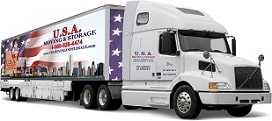




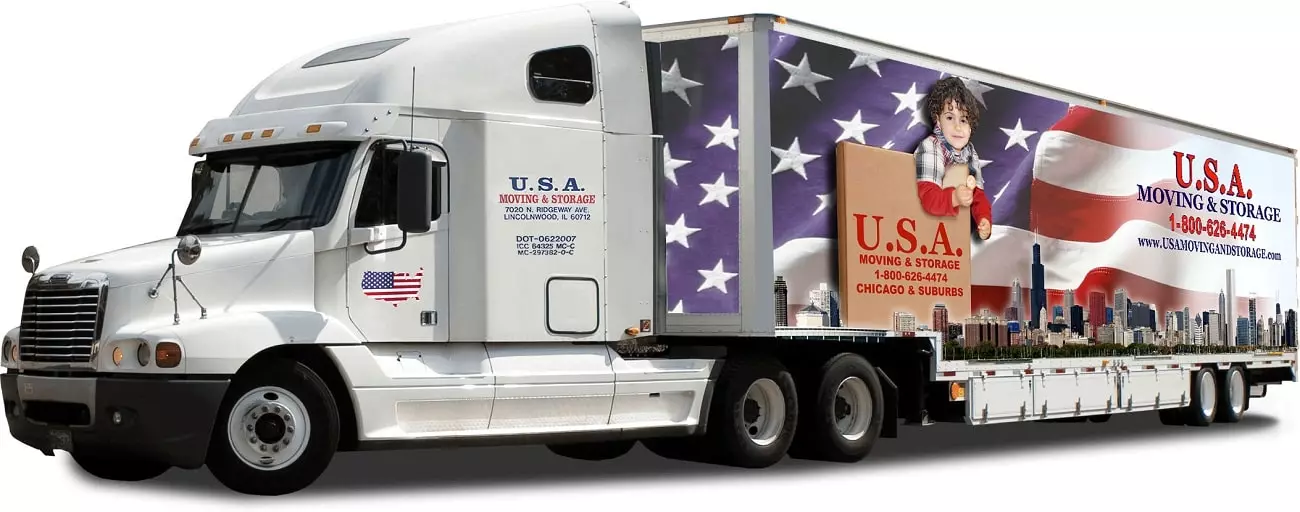
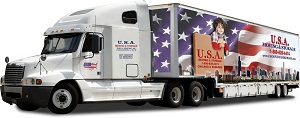

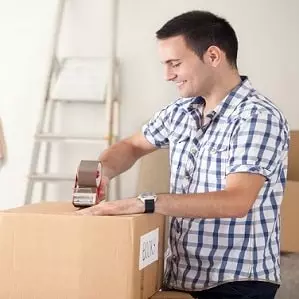




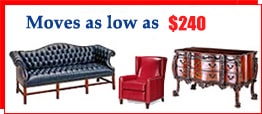




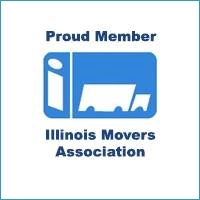
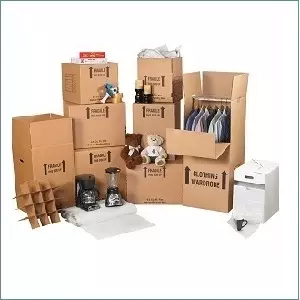
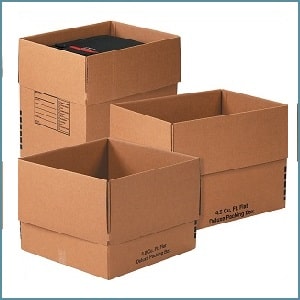
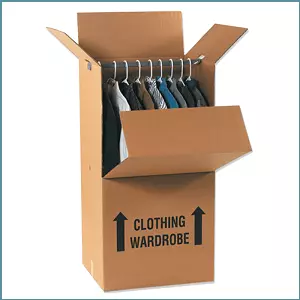
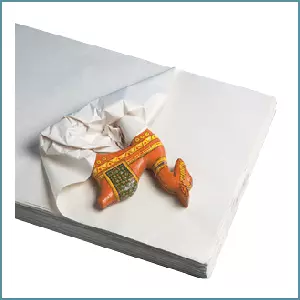
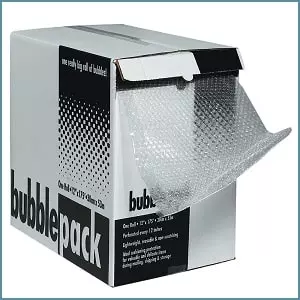
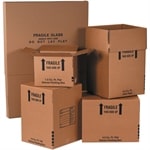
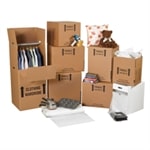
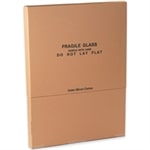
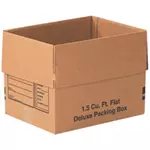
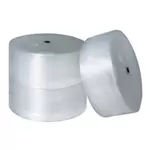
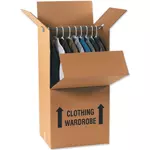
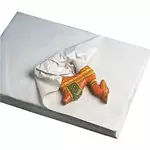
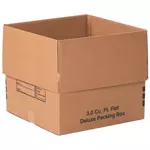

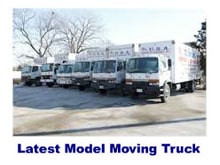 Latest Model Moving Truck
Latest Model Moving Truck
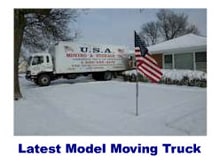 Latest Model Moving Truck
Latest Model Moving Truck
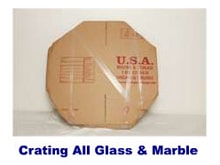 Crating All Glass & Marble
Crating All Glass & Marble
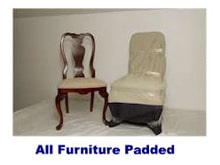 All Furniture Padded
All Furniture Padded
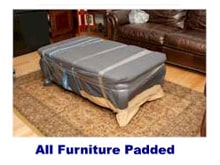 All Furniture Padded
All Furniture Padded
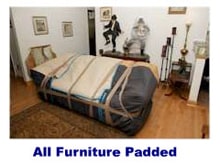 All Furniture Padded
All Furniture Padded



